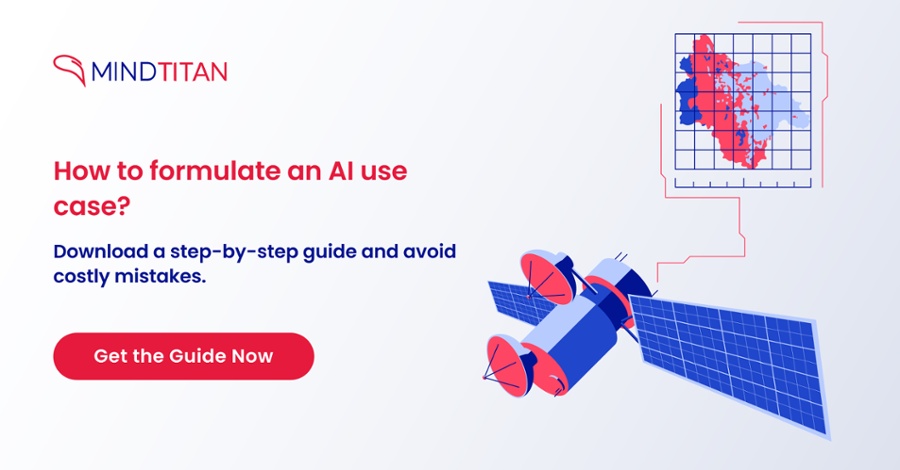With increasing vaccinations and better pandemic management this year, IATA expects the aviation industry to recover in all regions, with North America actually turning in profits for the first time since the pandemic.
An important metric in the industry, the revenue passenger kilometers (RPK, or the number of kilometers paid by customers), is estimated to have improved 18% in 2021 and is forecast to improve 51% this year. This corresponds to about 61% of pre-pandemic RPK.
As the aviation sector bounces back, competition is bound to intensify as airlines take advantage of customers eager to travel after nearly two years of lockdowns. Firms that innovate and incorporate new technologies will be the clear winners.




